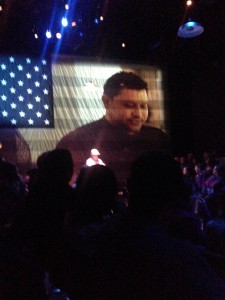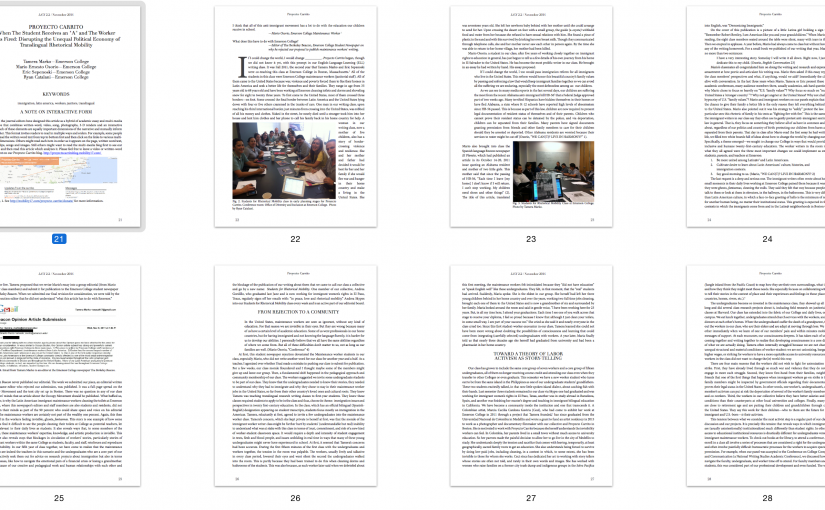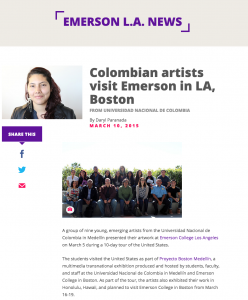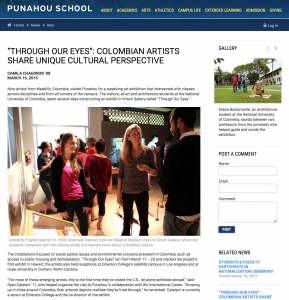Medellín, Colombia — From a museum dedicated to preserving Colombia’s historical memories and furthering the peace process, to public transportation projects that now connect Medellín’s outlying neighborhoods to downtown, students from DukeEngage Colombia spent their first week here learning about the city’s culture and history of art, resilience, and innovation.
Students saw the old railroad station that once connected the city to the rest of the country; walked through Plaza Botero, home of 23 sculptures by the famed Colombian artist Fernando Botero; and visited Parque Biblioteca España (Library Park Spain), a public space for education and community events that helped transform what was once one of Medellín’s most violent neighborhoods.
These visits set the stage for the students’ work on medellín mi hogar, an alternative documentary archive, organized by Mobility Movilidad, about families who built their own homes and neighborhoods in the city.
Students also met their compañeras and compañeros, or peer partners—Colombian university students who serve as guides to local culture through a youth lens—just in time for the dramatic Colombia–Argentina game in the Copa América (America Cup).
Follow Mobility Movilidad on Twitter and Facebook for the latest updates.
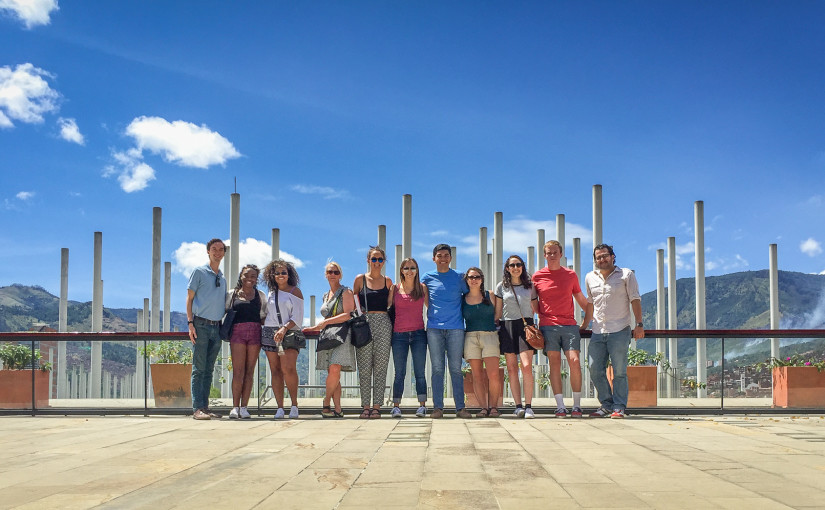
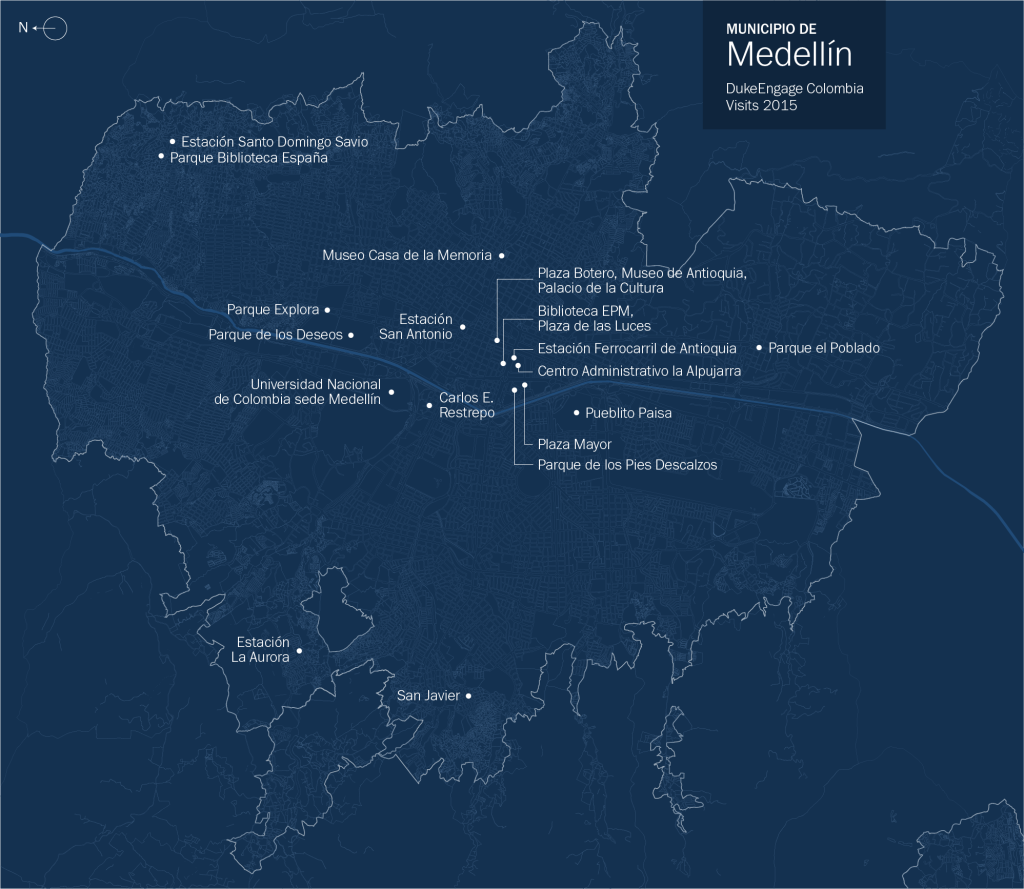
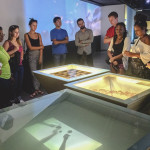
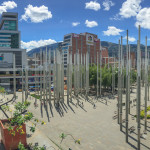
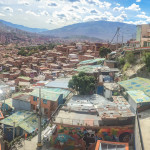
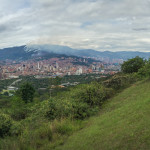
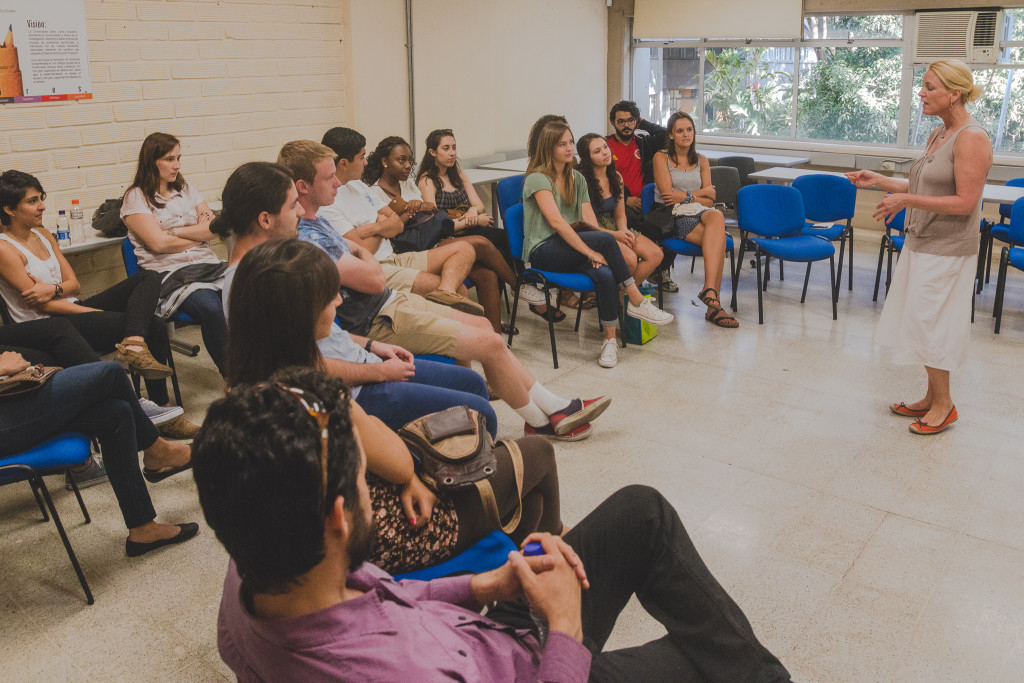
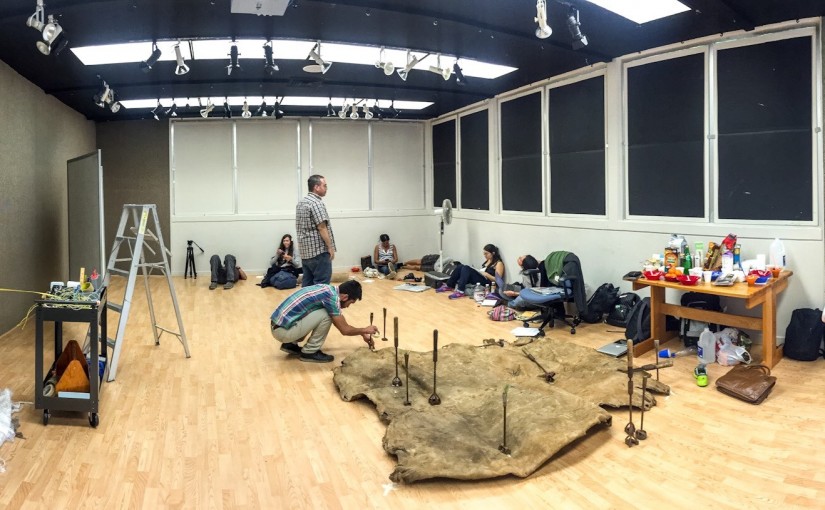
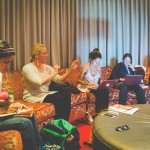

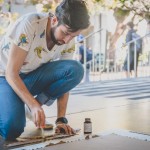
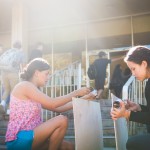
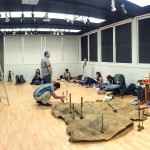
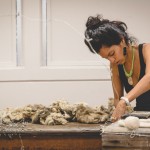

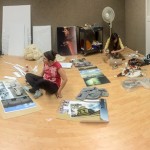

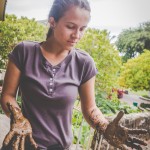
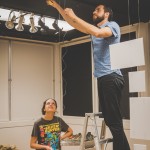
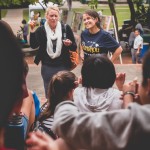

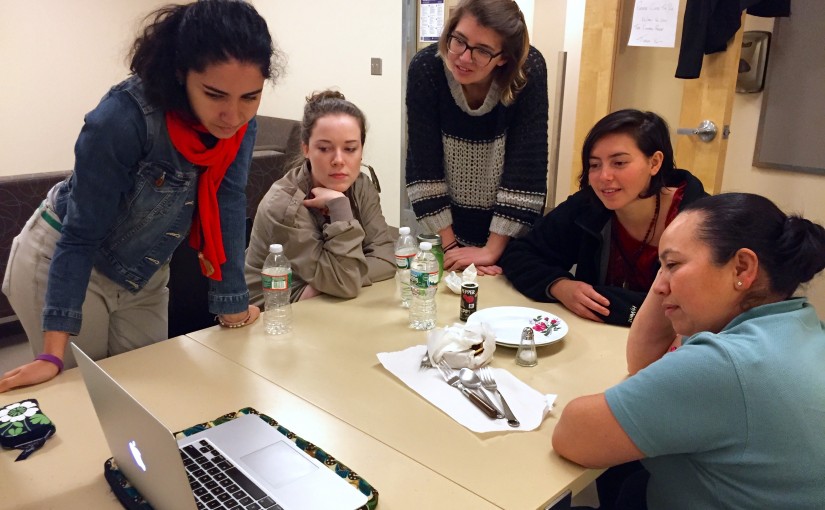
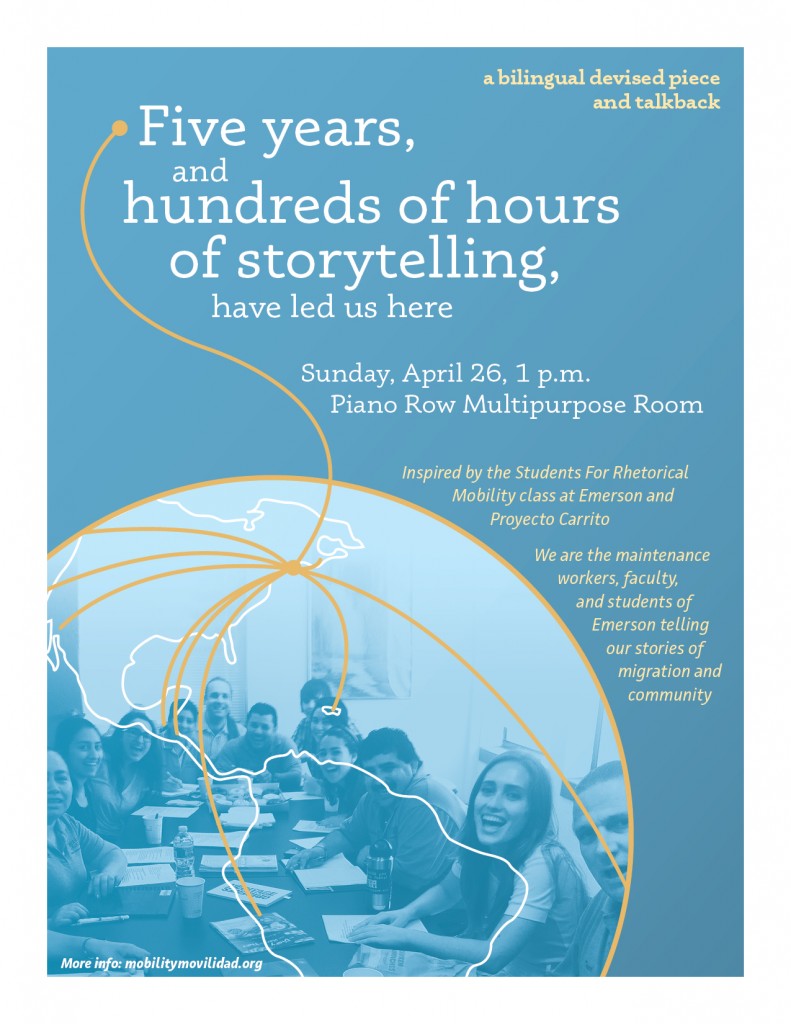
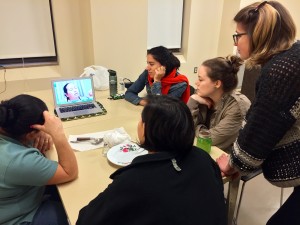 In a weekly class of immigrant maintenance workers, faculty, and undergraduate students, we seek to write our way across the borders in all of our lives—physical, social, and institutional. We bring people to the table who usually wouldn’t be able to come—the storytellers who have the most to teach us, but often the least access to do so. We listen to each other’s stories. And we write about, and publish, our evolving identities and dreams for more humane and just immigration and education systems for the 21st century.
In a weekly class of immigrant maintenance workers, faculty, and undergraduate students, we seek to write our way across the borders in all of our lives—physical, social, and institutional. We bring people to the table who usually wouldn’t be able to come—the storytellers who have the most to teach us, but often the least access to do so. We listen to each other’s stories. And we write about, and publish, our evolving identities and dreams for more humane and just immigration and education systems for the 21st century.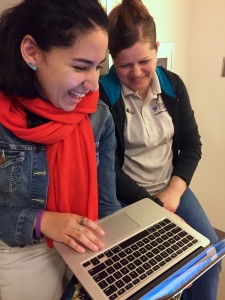 This devised piece emerged from, and was inspired by, this class’s five years—and hundreds of hours—of storytelling. To develop this production, four students from the class met three times a week throughout the semester, collaborating individually with each of the maintenance workers, other undergraduates, and faculty members. It will be in English and Spanish. Now we hope to share some of their stories, and the spirit of this class, with you.
This devised piece emerged from, and was inspired by, this class’s five years—and hundreds of hours—of storytelling. To develop this production, four students from the class met three times a week throughout the semester, collaborating individually with each of the maintenance workers, other undergraduates, and faculty members. It will be in English and Spanish. Now we hope to share some of their stories, and the spirit of this class, with you.